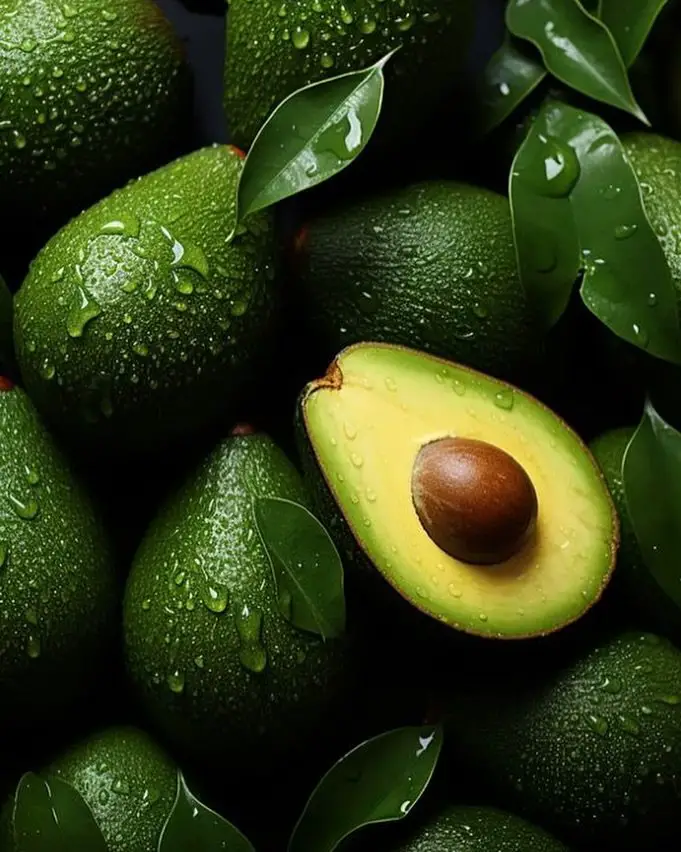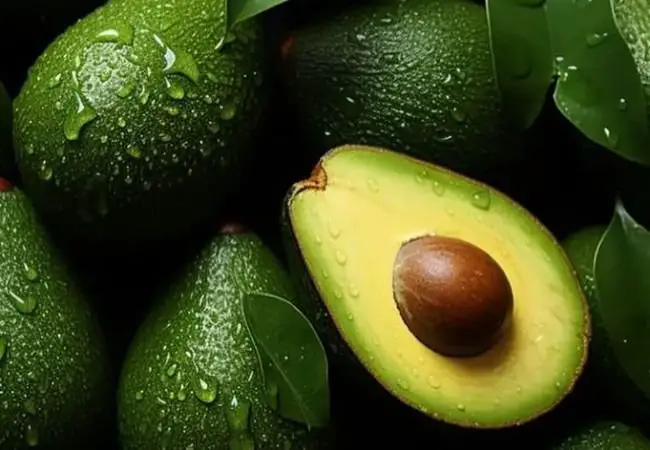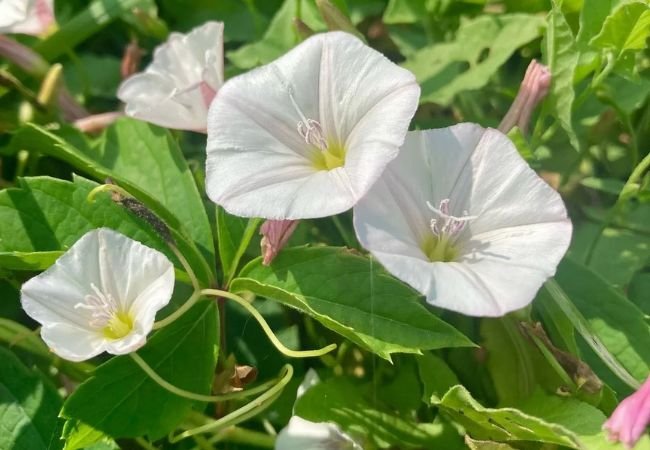Curious about growing fruit from seed? Learn why the taste can vary widely and what to expect when cultivating fruit trees from seeds. Get tips for better flavor outcomes.
Growing fruit trees from seeds can be an exciting and rewarding experience. However, many gardeners are surprised to find that the fruit produced by these trees often tastes quite different from the parent fruit. In this article, we’ll explore why fruit from seed can taste bad, what factors influence flavor, and how to improve your chances of growing tasty fruit from seed.
Why Fruit from Seed Can Taste Different

Genetic Variability
The primary reason fruit from seed can taste bad or different is genetic variability. Most fruit trees are not “true to seed,” meaning the seeds don’t produce exact genetic copies of the parent tree.
- Many commercial fruits are hybrids
- Seeds contain a mix of genes from both parent plants
- This genetic shuffling can result in unpredictable flavor outcomes
Loss of Desirable Traits
Over generations, fruit trees have been selectively bred for desirable traits like sweetness, size, and disease resistance.
When you grow from seed:
- These carefully selected traits may not be passed on
- You might end up with more “wild” characteristics, including less palatable flavors
How Bad Can It Get?
The flavor of fruit grown from seed can range from nearly identical to the parent fruit to completely unpalatable.
Here are some potential outcomes:
- Slightly different: Subtle changes in sweetness or texture
- Noticeably different: Distinct flavor profile, but still edible
- Significantly worse: Much less sweet, more acidic, or bitter
- Inedible: In rare cases, the fruit might be too unpleasant to eat
Factors Influencing Flavor Outcomes
Several factors can affect how the fruit from your seed-grown tree will taste:
Type of Fruit
Some fruits are more likely to produce true-to-type offspring than others:
- Citrus fruits often grow true to seed
- Apples and pears are notoriously variable
Parent Plant Genetics
If the parent plant is an heirloom variety or open-pollinated, your chances of getting similar fruit improve.
Growing Conditions
Environmental factors like soil quality, sunlight, and water can significantly impact fruit flavor.
Tips for Better Flavor Outcomes
While there’s no guarantee, you can improve your chances of growing tasty fruit from seed:
- Choose open-pollinated or heirloom varieties
- Plant multiple seeds and select the best-tasting offspring
- Provide optimal growing conditions
- Be patient – it can take several years for fruit trees to produce
The Benefits of Growing Fruit from Seed
Despite the flavor variability, there are several reasons to grow fruit from seed:
- It’s an inexpensive way to start an orchard
- You might discover a unique and delicious new variety
- It’s a fun and educational experience
Alternatives to Growing from Seed
If you want more predictable results, consider:
- Grafting: Attaching a cutting from a desirable tree to rootstock
- Buying nursery-grown trees: These are often grafted for consistent quality
- Taking cuttings: Some fruit trees can be propagated from cuttings
Growing fruit from seed can be an adventure in flavor. While the taste can sometimes be disappointing, the process is rewarding and educational. By understanding the factors that influence flavor and following best practices, you can increase your chances of growing delicious fruit from seed. Remember, even if the fruit doesn’t taste great, you’ve still successfully grown a tree from seed – a remarkable achievement in itself!
Whether you’re an experienced gardener or just starting out, growing fruit from seed offers a unique opportunity to connect with nature and potentially discover something new. So why not give it a try? You might just grow the next great fruit variety!
For more gardening tips and plant care guides, visit usagardenhub.com.






